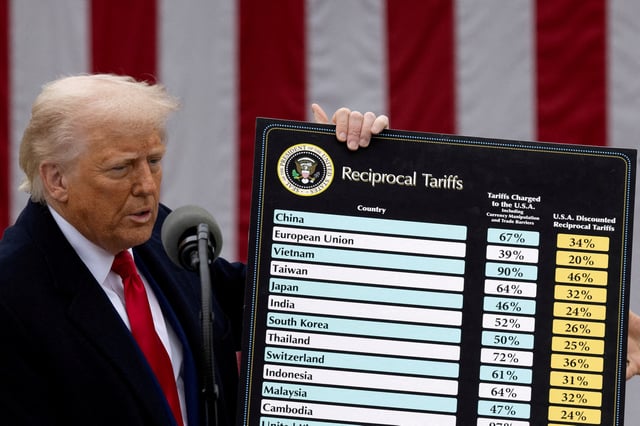Overview
- The S&P 500 has dropped 8% and the dollar index has fallen 9% since President Trump's inauguration, reflecting investor unease over trade and monetary policies.
- Criticism of Federal Reserve Chair Jerome Powell has raised concerns about Fed independence, triggering sharp market sell-offs in early April.
- The Trump administration remains committed to defending the dollar's global reserve status, citing major investment commitments as a sign of confidence in U.S. markets.
- IMF data shows the dollar's share of global foreign exchange reserves has declined to 57.8% in Q4 2024, down from 66% a decade ago, prompting discussions of de-dollarization.
- While some investors diversify toward alternative assets like gold, others argue U.S. markets' size and liquidity will continue to attract global capital in the long term.



